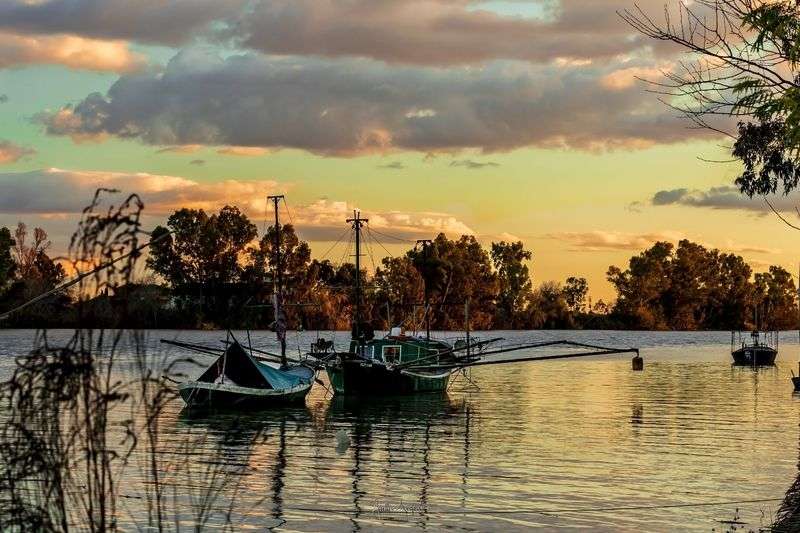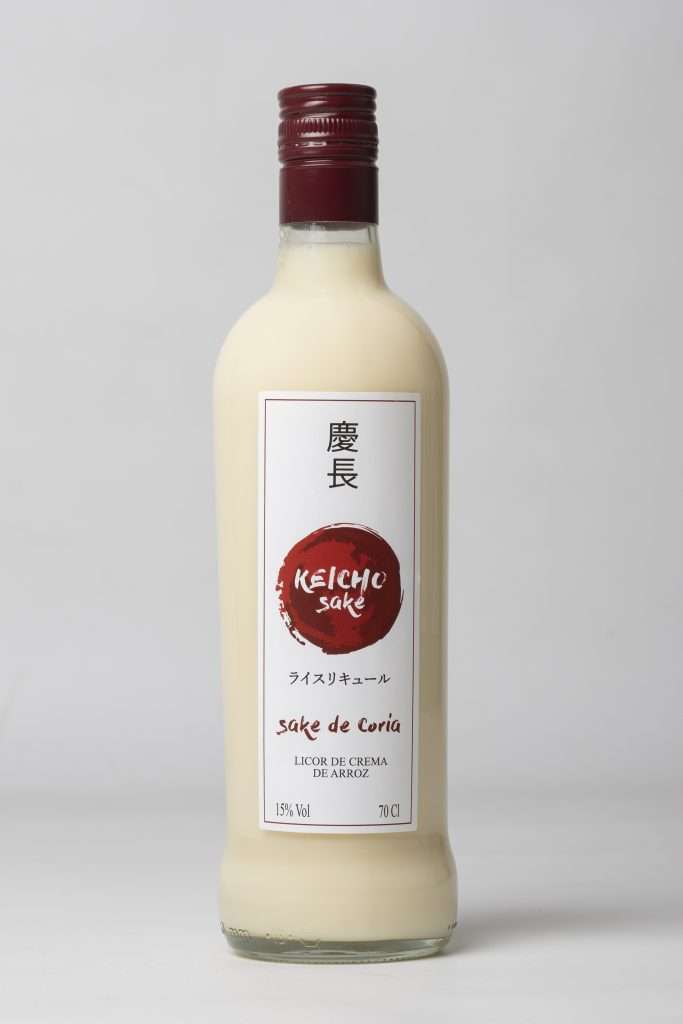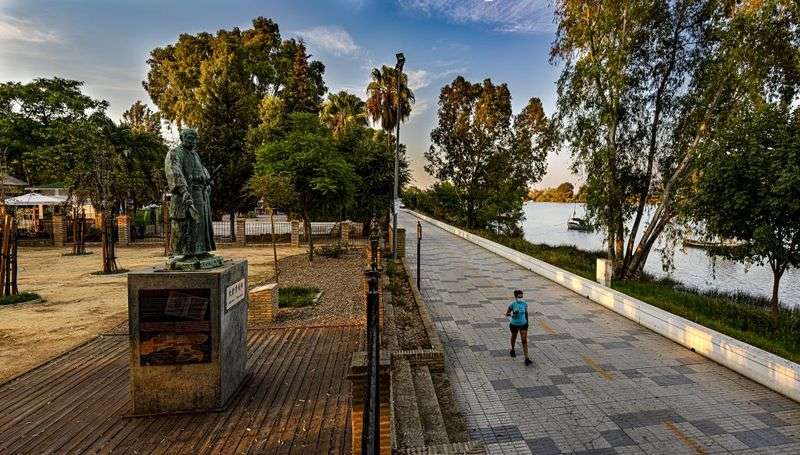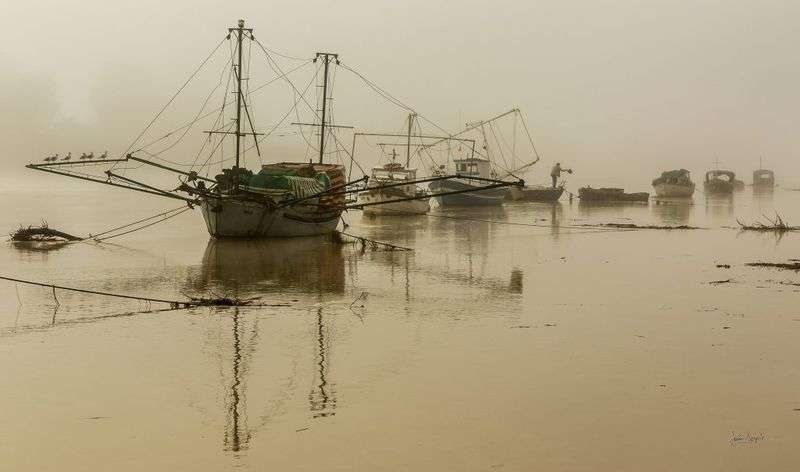

En 1614, el samurái Hasekura Tsunenaga llegó a Coria del Río en un barco de nombre extranjero, como el marinero de la Piquer. Se trataba de una expedición de la embajada Keicho para entablar relaciones comerciales con España. Date Masamune, un oble de la ciudad de Sendai, quería abrir nuevas vías de comercio, así que, ayudado por Luis Sotelo, un franciscano afincado en Japón, puso a Tsunenaga al frente de este viaje.
En el siglo XVII arribó a Coria del Río la expedición a Europa del diplomático y samurái japonés Hasekura Tsunenaga. Hasekura y algunos miembros de la expedición siguieron su viaje a Madrid y Roma, aunque algunos marineros se quedaron en Coria del Río al cuidado de la nave. Siete años después volvieron a partir desde Coria del Río hacia Sendai, Japón. El temor a las represalias por su conversión al cristianismo, el estilo de vida y las relaciones entre japoneses y corianas, hizo que parte de la expedición
se quedara en Coria del Río, donde dejaron descendencia. De ahí el origen del apellido Japón, usado en los hijos de los samuráis.
La fusión de su cultura y la nuestra era inevitable. La base de la dieta japonesa en gran parte la forma el arroz. De una infusión de este cereal producían el sake, considerado un elemento muy importante en la cultura japonesa. En Coria aportaron la fusión del sake con otro postre hecho con arroz muy típico en España, como es el arroz con leche. De esa fusión surgió el sake de Coria del Río, donde se unen lo tradicional con lo original en sutil armonía.
SAKE
El término sake en japonés es un genérico que engloba cualquier
bebida alcohólica: vino, licor, cerveza… En Japón llaman nihonshu a lo que nosotros conocemos como sake. El sake –lo que entendemos nosotros por sake– por definición no es un destilado como sería el caso del sochu o del whisky. Tampoco es un licor porque el licor es un infusionado con algo. El sake de Coria es un licor de crema hecho con sake.
El Sake es fruto de un proyecto personal que surgió hace cuatro
años de la idea de su creador, y que se ha desarrollado de manera intensa en el último año, tras una labor de investigación que ha concluido con la elaboración de la fórmula definitiva.

KEICHO SAKE
Sake de Coria o Keicho Sake. Primer licor de sake japonés 100%
español elaborado en Coria del Río (Sevilla). El sake está considerado un elemento muy importante en la cultura japonesa. Keicho Sake ha evolucionado la gastronomía fusionando el sake con un postre típico español como es el arroz con leche.
NUGA
Nuga es una exquisita crema con un sabor persistente en boca a almendras y chocolate blanco en olfato Se muestra complejo, elegante y persistente con intenso aroma de almendras.
Destaca por su complejo aroma a turrón, con un suave sabor a chocolate blanco y galletas , buena presencia en el paladar.
SAKURA & SAKURA GIN
Condensa de nuevo la esencia y la unión de Japón y Coria del Rio en una única bebida. Sakura, que significa cerezo en japonés, homenajea a este árbol de tanta importancia en la cultura nipona a través de una bebida elaborada a base de cereza, frutos secos, lácteos y extracto de orujo. Está muy rica, sobre todo por el toque que le dan los frutos secos

Coria del Río and Japón, united by sake.
In 1614, samurai Hasekura Tsunenaga arrived in Coria del Río
in an expedition by Keicho Embassy to start making businesses with
Spain. Date Masamune, a nobleman from the city of Sendai, wanted
to start new commercial routes and put Tsunenaga as the leader of
the trip, with the help of Luis Sotelo, a Franciscan who lived in
Japan.
In XVII Century, arrived to Coria del Río the expedition in Europe leaded by Hasekura Tsunenaga, a Japanese diplomat and samurai. Hasekura and other members of the trip travelled afterwards to Madrid and Rome,
but some sailors remained in Coria del Río taking care of the ship. Seven years later, the expedition departed from Coria del Río to Sendai, Japan. But some of the members had converted to Christianism, adopted the Spanish way of life. They feared the reprisal and decided to stay in oria del Río, where they had formed families and had children with local women.
This was the origin of Japón surname, used by the siblings of these samurais. The fusion of both cultures was inevitable. Rice was the base of Japanese diet, and also of the infusion called sake, considered as an essential part of the Japanese culture. It was united to the typical Spanish dessert, rice in milk. From this fusion was created the sake of Coria del Río,
where tradition and originality are united in a subtle harmony.
SAKE
The Japanese word sake means any alcoholic drink: wine, liquor, beer … In Japan what we call sake is named nihonshu. What we call sake is not a distilled drink as sochu or whisky are. It is neither a liquor, because it is not infusioned with anything. Coria sake is a cream liquor based on sake.
Sake is a personal creation that started four years ago and has been
developed more intensely in the last year, after an investigation
work that has concluded with the ultimate formula.
KEICHO SAKE
Sake from Coria or Keicho Sake. The first Spanish 100% Japanese sake liquor made in Coria del Río (Seville). Sake is considered a
NUGA
Nuga is an exquisite cream with a persistent flavour of almonds in your mouth, and white chocolate in your nose. It is complex, elegant and persistent and has an intense almonds scent. It is remarkable for its complex nougat scent with a soft white chocolate and cookies taste and good presence in palate. This delicacy is presented in a 70 cl bottle with a back cover dedicated to Virginio Carvajal Japón, an essential person in the Spanish-Japanese relationships of samurai Hasekura’Tsuneaga`s descendants.
SAKURA & SAKURA GIN
The essence and union of Japan and Coria del Rio in a drink. Sakura, which means cherry tree in Japanese, is an homage to this tree, so important in Japanese culture, with a drink based on cherries, nuts, dairy products and olive pomace extract. It has a great taste, especially because of the nuts touch

コリア・デル・リオとジャポン、日本酒で結ばれる
1614年、支倉常長がコリア・デル・リオに到着しました。
慶長遣欧使節の遠征で
スペイン。仙台市の貴族伊達政宗が欲しかったデート 新しい商業ルートを開始し、支倉常長を に住んでいたフランシスカンのルイス・ソテロの助けを借りて、旅行
日本。
17世紀、日本の外交官であり武士である支倉常長が率いるヨーロッパの遠征隊コリアデルリオに到着しました。その後、ハセクラと他の旅行メンバーはマドリッドとローマに旅行しました。
しかし、何人かの船員は船の世話をしてコリアデルリオに残りました。 7年後、遠征隊はコリアデルリオから仙台に向けて出発しました。しかし、メンバーの何人かはキリスト教に改宗し、スペインの生活様式を採用しました。彼らは報復を恐れ、家族を作り、地元の女性と子供をもうけたオリアデルリオに滞在することにしました。
これが、これらの武士の兄弟によって使用されたジャポンの名前の由来でした。両方の文化の融合は避けられませんでした。米は日本の食生活の基盤であり、日本酒と呼ばれる輸液の基盤でもあり、日本文化の不可欠な部分と見なされていました。それは典型的なスペインのデザート、ミルクの米に統合されました。この融合から、コリアデルリオのために作成されました。
伝統と独創性が微妙に調和しているところ。
日本酒
日本酒とは、ワイン、リキュール、
ビール…日本では日本酒と呼ばれるものは日本酒と呼ばれています。私たちが何を 酒は、酒やウイスキーのように蒸留酒ではありません。どちらでもない
何も注入されていないので、お酒。コリア酒は 日本酒をベースにしたクリームリキュール。 日本酒は4年前に始まり、調査の後、昨年より激しく発達した
究極の公式で終わった仕事。
けいちょう酒
コリアまたはケイチョ酒からの日本酒。最初のスペイン語100%日本人
コリアデルリオ(セビリア)で作られた酒酒。日本酒は
ヌガー
ヌガはアーモンドの風味が持続する絶妙なクリームです
あなたの口、そしてあなたの鼻にホワイトチョコレート。複雑でエレガントです
しつこく、アーモンドの強い香りがします。それは注目に値する
やわらかいホワイトチョコレートとクッキーが入った複雑なヌガーの香り
味わいと味わいの良さ。この繊細さは、VirginioCarvajalJapón専用のバックカバー付き70clボトル、侍の日仏関係に欠かせない人物 セクラツネアガの子孫。
サクラ&サクラジン
日本とコリア・デル・リオのエッセンスとユニオンをドリンクで。さくら、
日本語で桜を意味するこの木へのオマージュであり、日本の文化において非常に重要であり、桜、ナッツ、乳製品とオリーブ搾りかす抽出物。特にナッツのタッチのおかげで、それは素晴らしい味がします